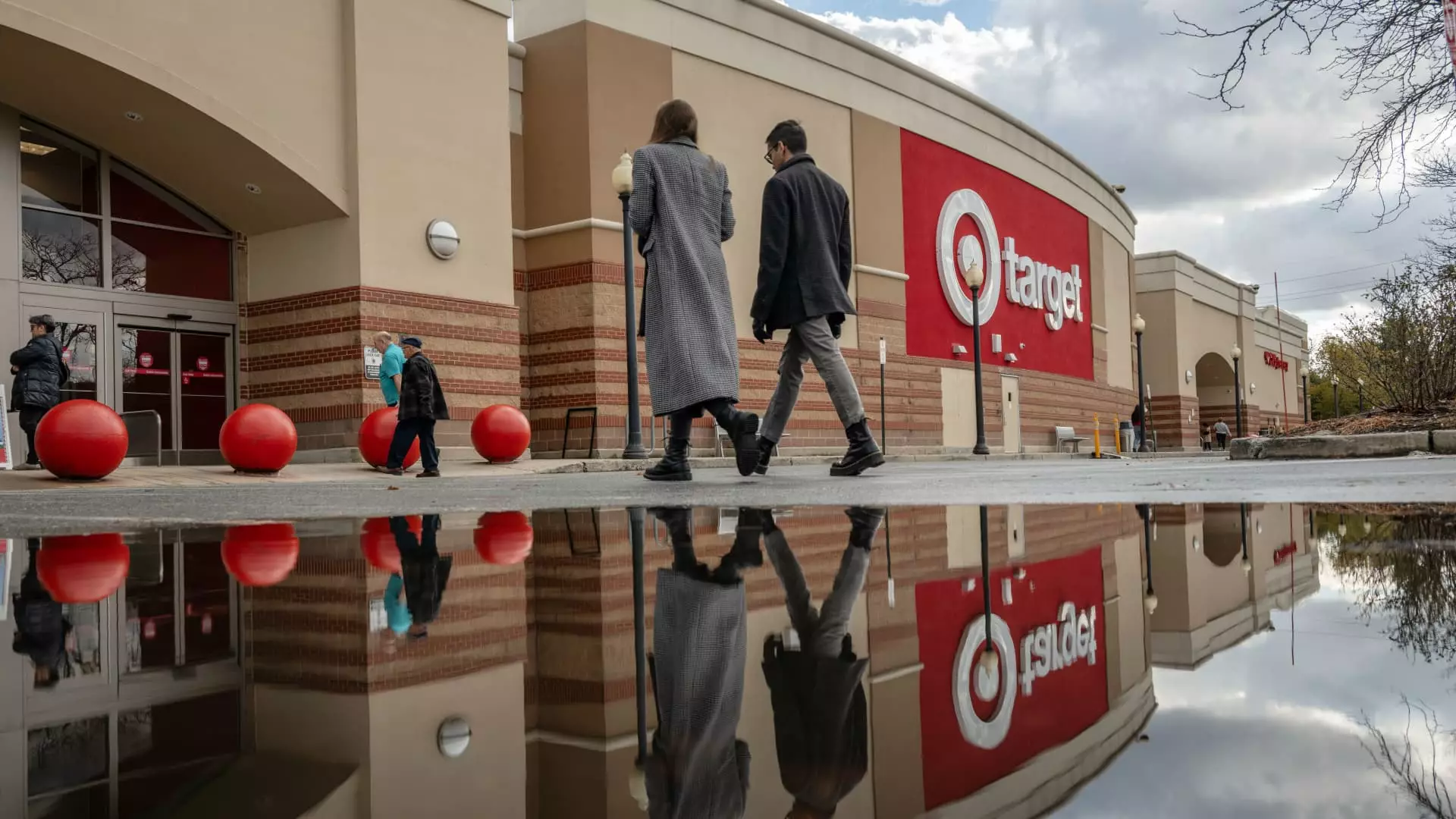As the festive season approaches, the retail landscape in the United States presents a mixed bag of opportunities and challenges for businesses vying for consumer attention. While the holiday season traditionally marks a surge in spending on discretionary items like toys, fashionable attire, and beauty products, not all retailers are basking in its glow. The latest earnings reports have laid bare a stark divide between those thriving in the current economic climate and those struggling to keep pace with inflation-weary consumers who are increasingly selective in their purchases.
Recent financial disclosures highlight a burgeoning disparity among retailers as they enter the peak holiday shopping period. Industry giants such as Walmart, Dick’s Sporting Goods, and Abercrombie & Fitch have reported solid sales growth, indicating effective strategies in tapping into consumer sentiment. In contrast, retailers like Target, Kohl’s, and Best Buy have faced disappointing outcomes, falling short of growth expectations—even with aggressive early holiday promotions.
Neil Saunders, managing director at GlobalData Retail, points out that while spending continues, consumers are taking a more cautious approach. “Instead of five purchases, they’re now making only three,” he said, suggesting that buyers are meticulously evaluating where to allocate their limited budgets. This careful spending underscores a trend that involves cutting out weaker retailers in favor of those that offer perceived value, thus polarizing the market further.
The environment in which retailers find themselves is influenced heavily by inflation dynamics. Although inflation rates have shown signs of moderation, the residue of two years where living costs skyrocketed has made consumers more prudent. With high prices affecting fundamental expenses—groceries, rent, dining—discretionary spending has been limited. Despite predictions from the National Retail Federation of an increase in holiday spending by 2.5% to 3.5%, the expected overall growth remains modest compared to previous years.
The NRF forecasts total holiday sales to range between $979.5 billion and $989 billion, marginally less than the competitive jump witnessed last year. Such indicators reveal a broader trend where even optimistic projections do not necessarily equate to robust retailer performance.
Retailers are aggressively attempting to carve out their share of the market through innovative strategies and specific product offerings. Abercrombie’s excitement about an early strong response to its holiday products signals an eagerness to capitalize on consumer trends effectively. Conversely, players like Nordstrom have exhibited caution, acknowledging the slowdown they observed leading up to the holiday season.
The question emerges: what strategies will translate to success amid the current environment? For companies like Target, leveraging pop-culture phenomena—such as special merchandise linked to films like Universal’s “Wicked” or exclusive collaborations with artists like Taylor Swift—is an attempt to attract attention in a crowded marketplace. At the same time, store-wide promotions, including price reductions on thousands of products, underline a common tactic of bolstering foot traffic and enticing hesitant shoppers.
Consumer preferences appear to be pivoting towards value—a theme highlighted by market research experts. Marshal Cohen of Circana posits that this holiday season, value is no longer just about discounts; it includes the perception of getting quality for the price paid. Items that resonate with personal utility are becoming increasingly desirable as shoppers seek to avoid frivolous purchases.
This push for practicality reveals an interesting trend: consumers are leaning towards gifts that serve a purpose rather than novelty items that might eventually end up in the back of a closet. Retailers must be cognizant of this shift if they hope to align their offerings with shopper expectations.
The challenges of mismanaged inventory loom large for some retailers as they prepare for the holiday rush. Reports suggest that firms, including Kohl’s, may face difficulties if they fail to effectively sell through their stock—particularly items that lack consumer interest. The holiday season can either be a windfall or a source of excess inventory that requires heavy discounting, which can further erode profit margins.
As retailers brace for volatility during this crucial period, many are positioning themselves to explain potential shortcomings by citing external factors, signaling a cautious approach to forecasting. While economic conditions can be unpredictable, retailers must harness flexible strategies and a keen understanding of evolving consumer sentiment if they wish to navigate the complexities of this competitive landscape successfully.
As retailers gear up for the holiday shopping frenzy, the disparity between success and struggle within the sector is glaringly apparent. Adapting to consumer demands, managing inventory deftly, and conveying compelling value propositions will be vital for companies aiming to thrive amidst uncertainty this holiday season.

